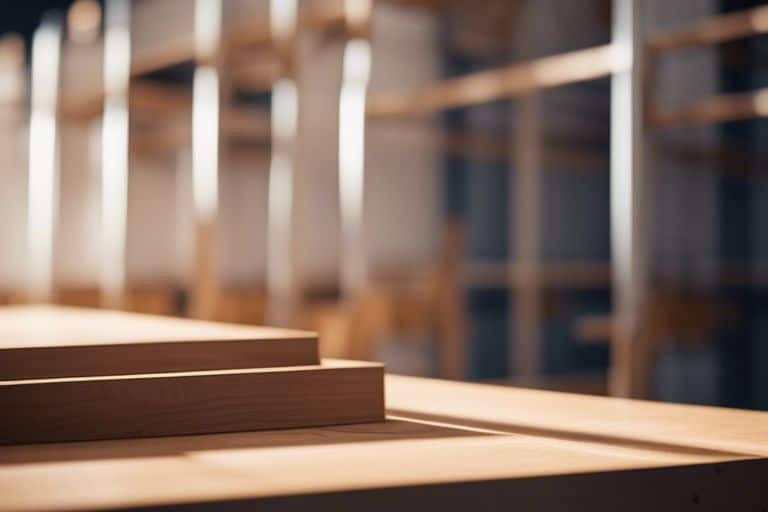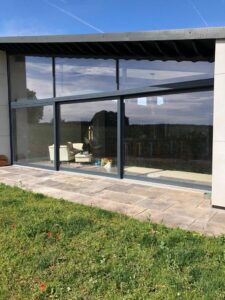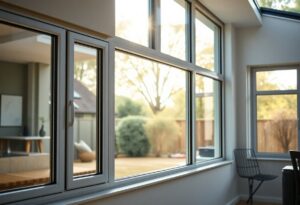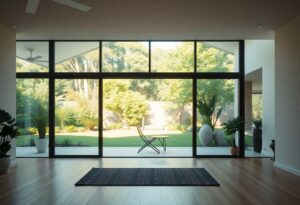Many DIY enthusiasts overlook the vital step of priming wooden surfaces before painting, but this crucial preparatory process can make all the difference in the longevity and quality of your finish. Primer acts as a barrier against moisture and helps the paint adhere properly, preventing peeling, cracking, and discolouration. It is imperative not to skip this step, especially when dealing with bare or porous wood. Choosing the right primer for different types of wood and environmental conditions is crucial for a successful paint job. Ensure you select a primer suitable for wood surfaces to achieve optimal results. When applying primer, make sure to thoroughly clean and sand the wood surface beforehand for the best adhesion. Emphasize on primer application techniques to ensure adequate coverage and protection for your wooden surfaces.
Key Takeaways:
- Primer acts as a protective barrier: It helps seal the wood, preventing moisture and other environmental factors from damaging it.
- Enhances paint adhesion: Primer creates a smooth surface for paint to adhere to, ensuring a longer-lasting finish.
- Improves colour accuracy: Applying primer helps achieve a truer representation of the paint colour, especially on porous woods.
- Choose the right primer: Consider the type of wood and environmental conditions when selecting a primer (e.g. oil-based primer for oily woods, and moisture-resistant primer for damp environments).
- Proper application is key: Ensure the wood surface is clean and dry before applying primer. Use a brush or roller for best coverage, and follow the manufacturer’s instructions for drying times.
- Don’t skip the primer: Skipping primer may result in poor paint adhesion, leading to peeling or cracking over time. Investing in primer can extend the lifespan of your wooden surfaces.
- Seek professional advice: If unsure about which primer to use or how to apply it, consult with a professional or supplier who can provide guidance based on your specific needs.

Selecting the Right Primer
Understanding Wood Types and Porous Surfaces
There’s a crucial step when it comes to painting wooden surfaces – selecting the right primer. Understanding the different types of wood and porous surfaces is imperative to achieve a successful outcome. Hardwoods, softwoods, and plywood all require specific primers to ensure proper adhesion and durability. This information is vital for a lasting finish that resists peeling and cracking. Choosing the correct primer for the wood type is imperative for a successful painting project.
| Wood Type | Recommended Primer |
| Hardwoods | Oil-based or shellac primer |
| Softwoods | Acrylic primer |
| Plywood | Water-based primer |
Environmental Considerations and Primer Selection
Right, when it comes to selecting the right primer, environmental considerations play a significant role. Factors such as humidity, temperature, and exposure to sunlight can affect the performance of the primer and ultimately the finish of the paint. Choosing a primer that is specifically formulated for the environmental conditions in which the wooden surface will be placed is crucial for long-lasting results.
Primer selection should not be taken lightly, as it can make or break your painting project. This step is imperative for ensuring the durability and longevity of the finish. By selecting the right primer for the wood type and environmental conditions, you can achieve a professional-looking result that will stand the test of time.

Preparing Wooden Surfaces for Priming
Cleaning and Sanding Techniques
One crucial step in preparing wooden surfaces for priming is ensuring they are clean and smooth. With regular use, wood surfaces can accumulate dirt, grime, and other contaminants that can affect the adhesion of the primer. Prior to priming, it is imperative to thoroughly clean the surface with a mild detergent and water solution. Sanding the wood gently after cleaning will help create a smooth finish and ensure better primer adhesion.
Addressing Imperfections and Pre-Application Tips
Cleaning the surface is not enough; it’s important to address any imperfections that may affect the application of the primer. Fill in any gaps or holes with wood filler and sand them down for a seamless surface. Before applying primer, it is recommended to test the compatibility with the wood type and environmental conditions. This will ensure optimal primer performance and long-lasting results.
How-to Apply Primer for Optimal Results
Tools and Materials Needed for Priming Wood
Your primer application will require specific tools and materials to achieve the best results. Gather sandpaper with different grits, a clean cloth, a high-quality primer suitable for wood, a paint tray, a brush or roller, and protective gear like gloves and goggles.
Step-by-Step Application Techniques
Assuming you have prepared your work area by cleaning and sanding the wooden surface, now it’s time to apply the primer. A smooth and even coat is crucial for optimal results. Follow the guidelines in the table below for the best coverage.
| Materials Needed | Technique |
| Brush or Roller | Apply primer in the direction of the wood grain for even coverage. |
| Sandpaper | Sand the wood before priming for adhesion improvement. |
| Clean Cloth | Wipe off any dust from sanding to ensure a smooth surface. |
Priming wood is a crucial step that should not be skipped. It not only enhances the durability and lifespan of the wood but also provides a smooth surface for paint to adhere to. Selecting the right primer for different wood types and environmental conditions is necessary for a successful application. By following the correct application techniques, you can ensure a professional finish that will protect your wooden surfaces for years to come.

Maintaining Primed Wooden Surfaces
Now, it’s vital to look after your primed wooden surfaces to ensure they remain in top condition for years to come. If you need a refresher on the importance of preparation and priming before painting, check out this video.
Tips for Caring for Primed Wood
- Regularly inspect your primed wooden surfaces for any signs of wear or damage.
- Clean the surface using a mild detergent and water to remove dirt and grime.
- Apply a fresh coat of primer if you notice any peeling, cracking, or fading.
- Protect your primed wooden surfaces from harsh environmental conditions.
- Recognizing the early signs of wear can help prevent costly repairs in the future.
When to Repaint or Reapply Primer
For wooden surfaces that are exposed to direct sunlight, changes in temperature, or high humidity levels, it’s crucial to monitor the condition of the primer regularly. Signs of peeling, cracking, or fading indicate that it’s time to repaint or reapply primer. Wood that is not properly maintained can be susceptible to damage from moisture, sunlight, and other environmental factors. Regular care and attention will help preserve the integrity of your wooden surfaces.
Conclusion
Conclusively, priming wooden surfaces before painting is crucial for ensuring a successful and long-lasting finish. Primer helps to seal and protect the wood, preventing moisture damage and promoting adhesion of the paint. It also aids in achieving a smooth and uniform surface, enhancing the overall appearance of the final coat. When identifying a primer, consider factors such as the type of wood being used and the environmental conditions it will be exposed to. Ensure the primer is compatible with both the wood and the paint being used. When applying primer, follow proper techniques such as sanding the wood, cleaning the surface, and applying an even coat with a brush or roller for optimal coverage. Skipping primer may result in a subpar finish and could lead to the need for costly repairs down the line. Take the time to prime your wooden surfaces correctly to ensure a beautiful and durable result.
FAQ
Q: What is the importance of priming wooden surfaces before painting?
A: Priming wooden surfaces before painting is crucial as it provides a protective barrier, helps the paint adhere better, improves the longevity of the finish, and prevents moisture damage.
Q: What happens if you skip priming wood before painting?
A: Skipping the priming step can lead to uneven paint absorption, poor adhesion, increased likelihood of peeling or chipping, and reduced durability of the paint job.
Q: How do I select the right primer for different types of wood?
A: Choose a primer specifically formulated for the type of wood you are working with, such as a water-based primer for pine or a shellac-based primer for hardwoods like oak or mahogany.
Q: What factors should I consider when selecting a primer for wooden surfaces?
A: Consider the porosity of the wood, the type of finish you plan to use, environmental conditions like humidity, and any existing issues such as knots or stains that may require a specific type of primer.
Q: How can environmental conditions impact the choice of primer for wooden surfaces?
A: High humidity levels may require a primer with moisture resistance, while extreme temperature variations may call for a flexible or temperature-resistant primer for optimal adhesion and durability.
Q: What are some application techniques for achieving the best coverage when priming wooden surfaces?
A: Ensure the wood surface is clean and dry before applying primer, use smooth and even strokes with a brush or roller, work in small sections to avoid missing spots, and allow sufficient drying time between coats as recommended by the primer manufacturer.
Q: Why is Express Windows Group recommending priming wooden windows and doors before painting?
A: Express Windows Group recommends priming wooden windows and doors to guarantee a professional finish, protect the wood from moisture and environmental damage, and ensure long-lasting beauty and functionality of your windows and doors.













